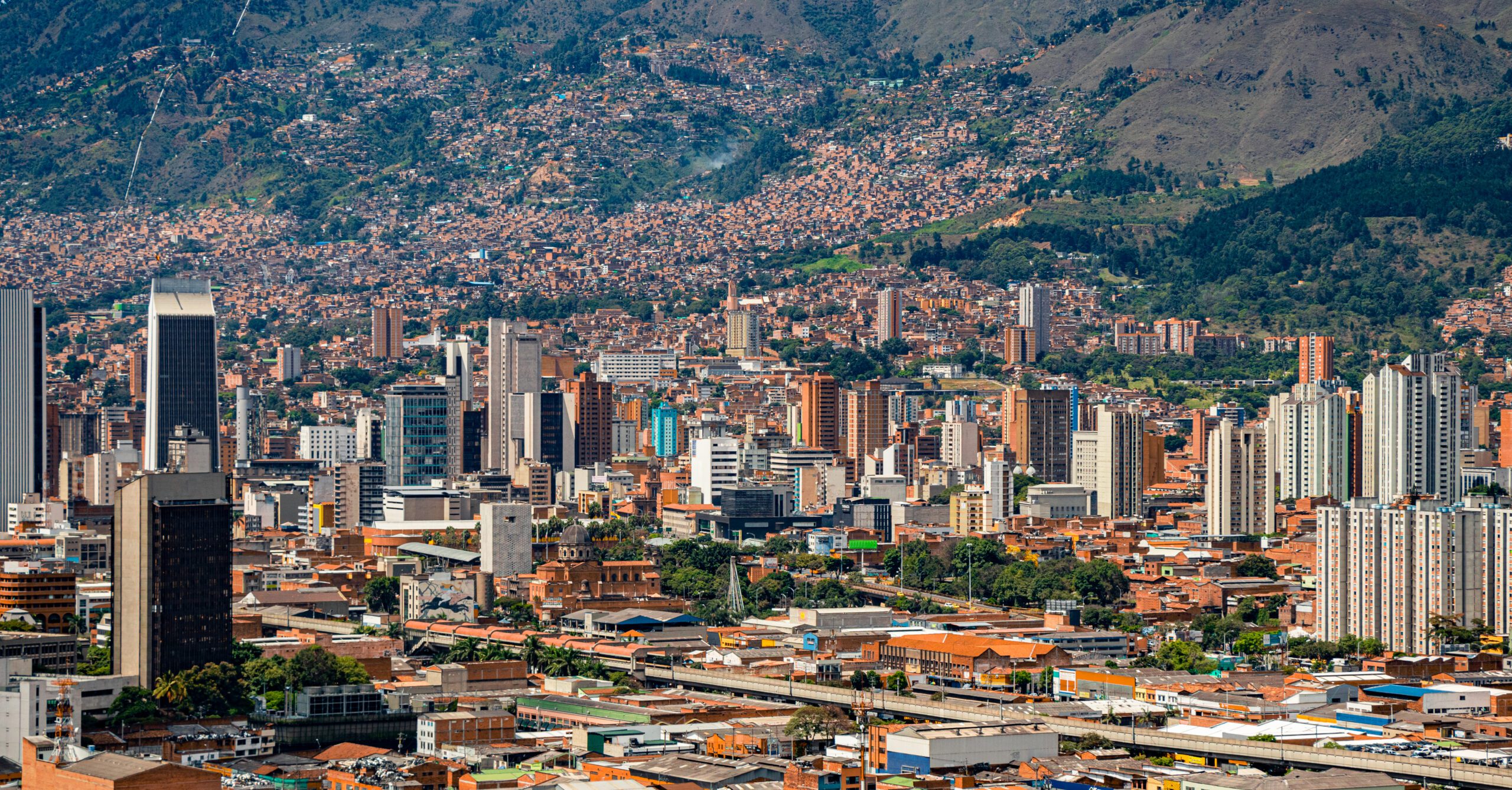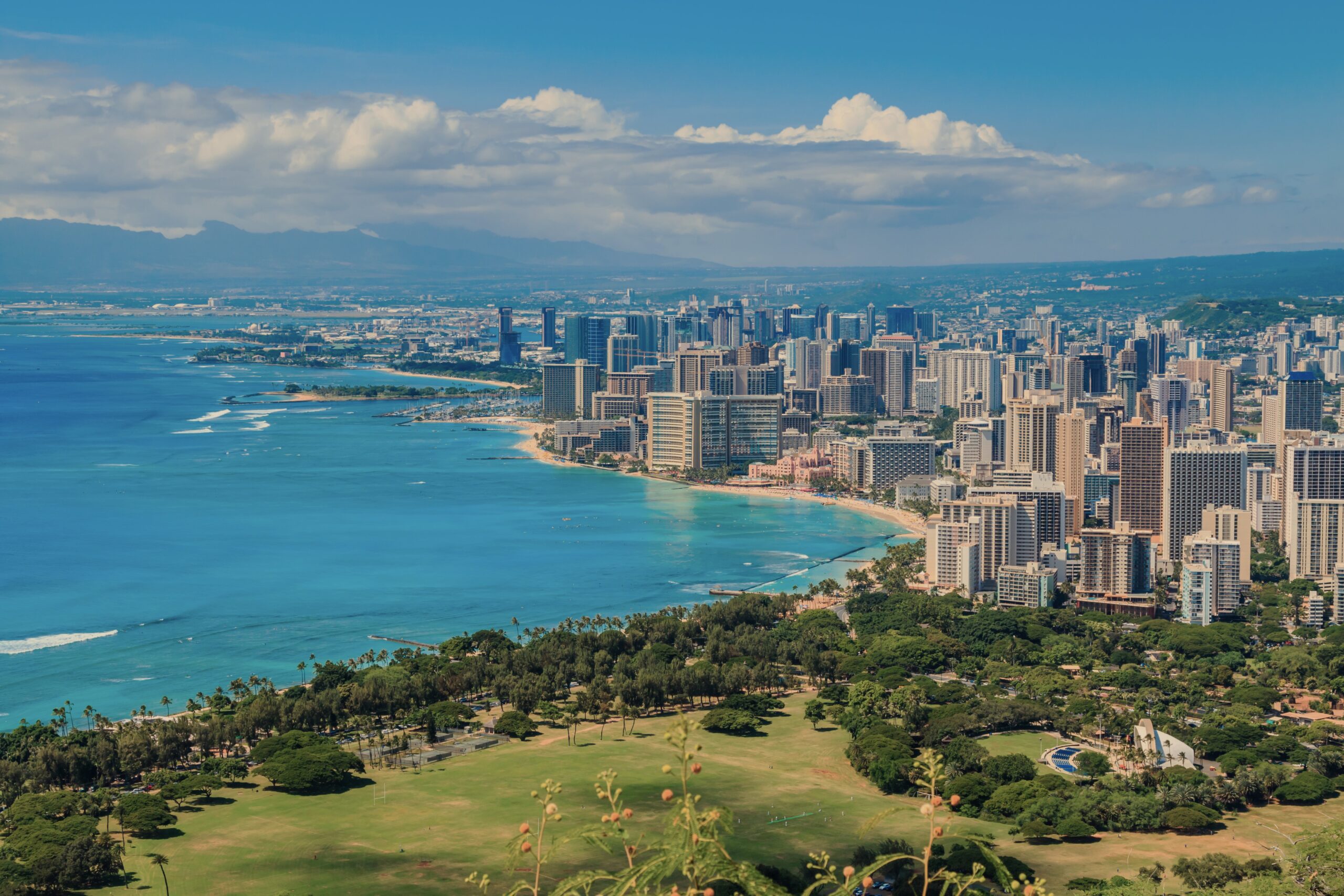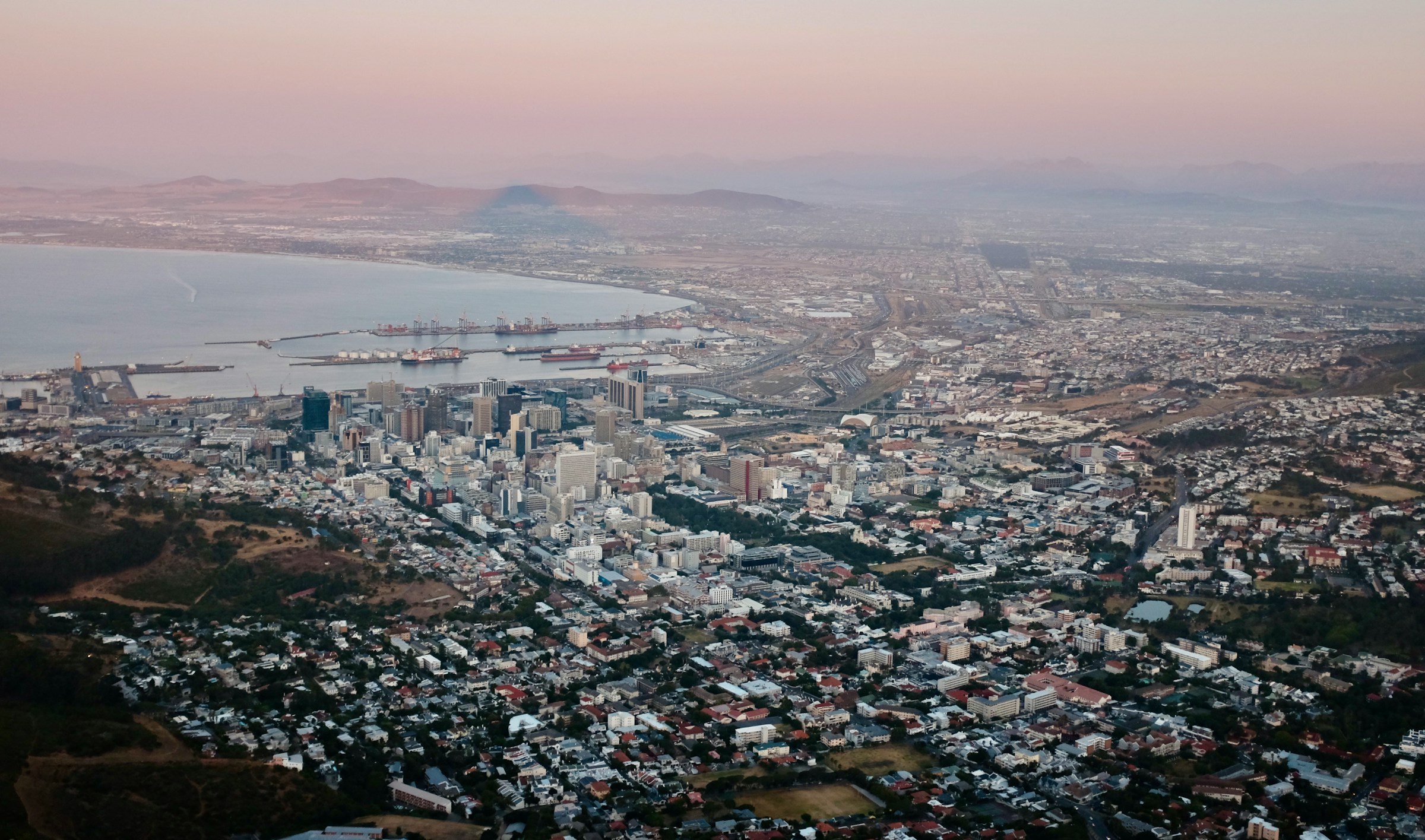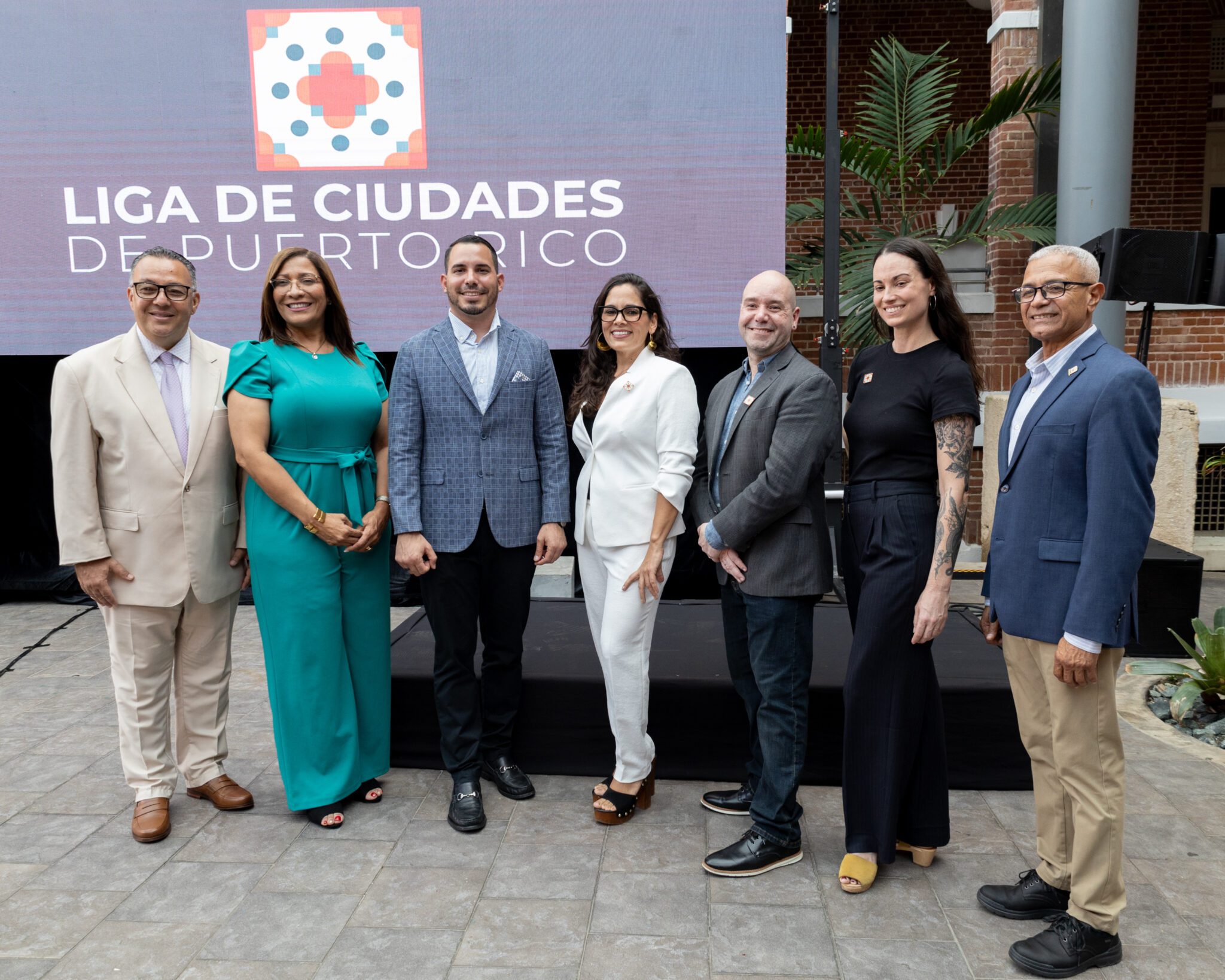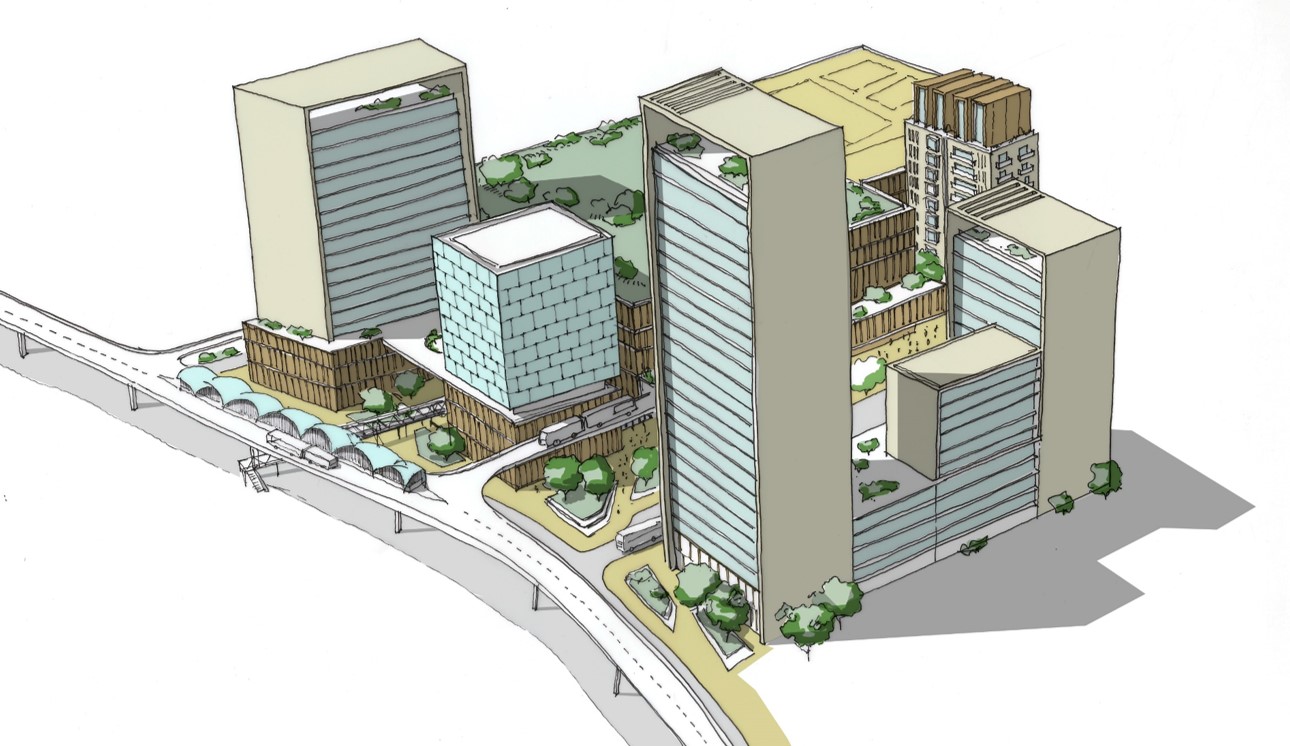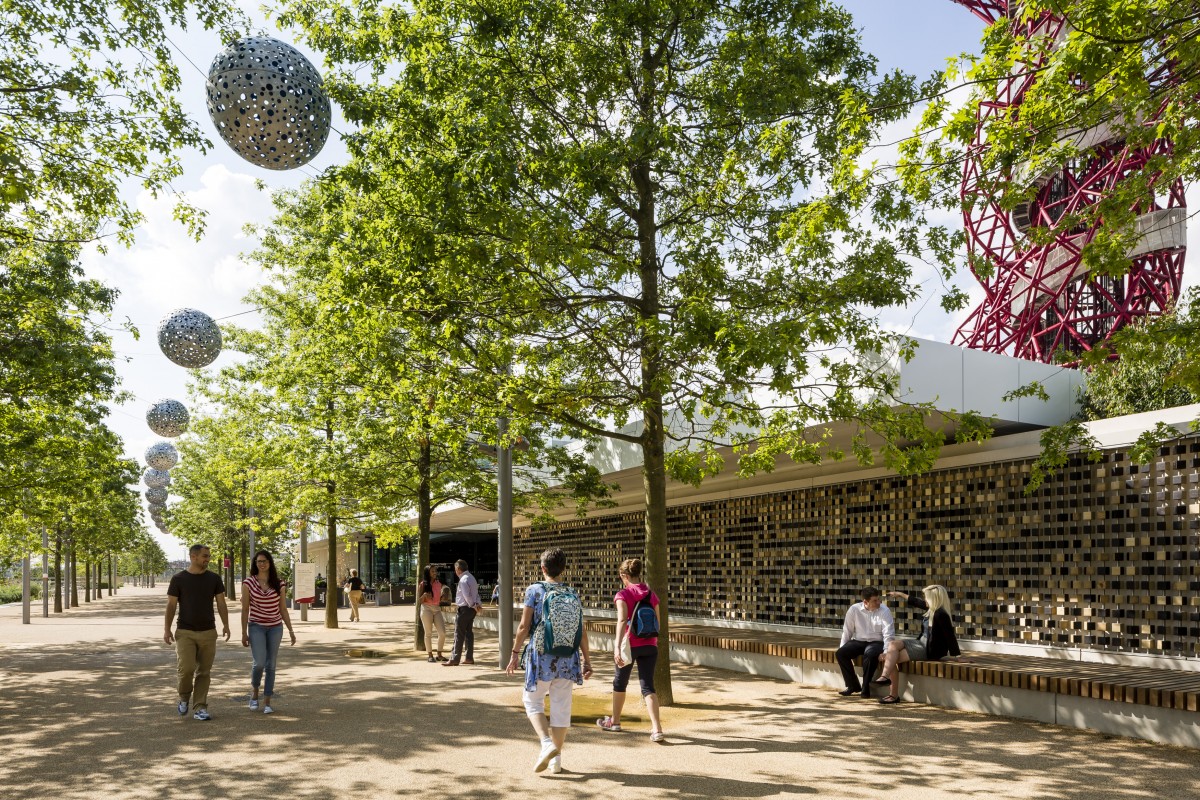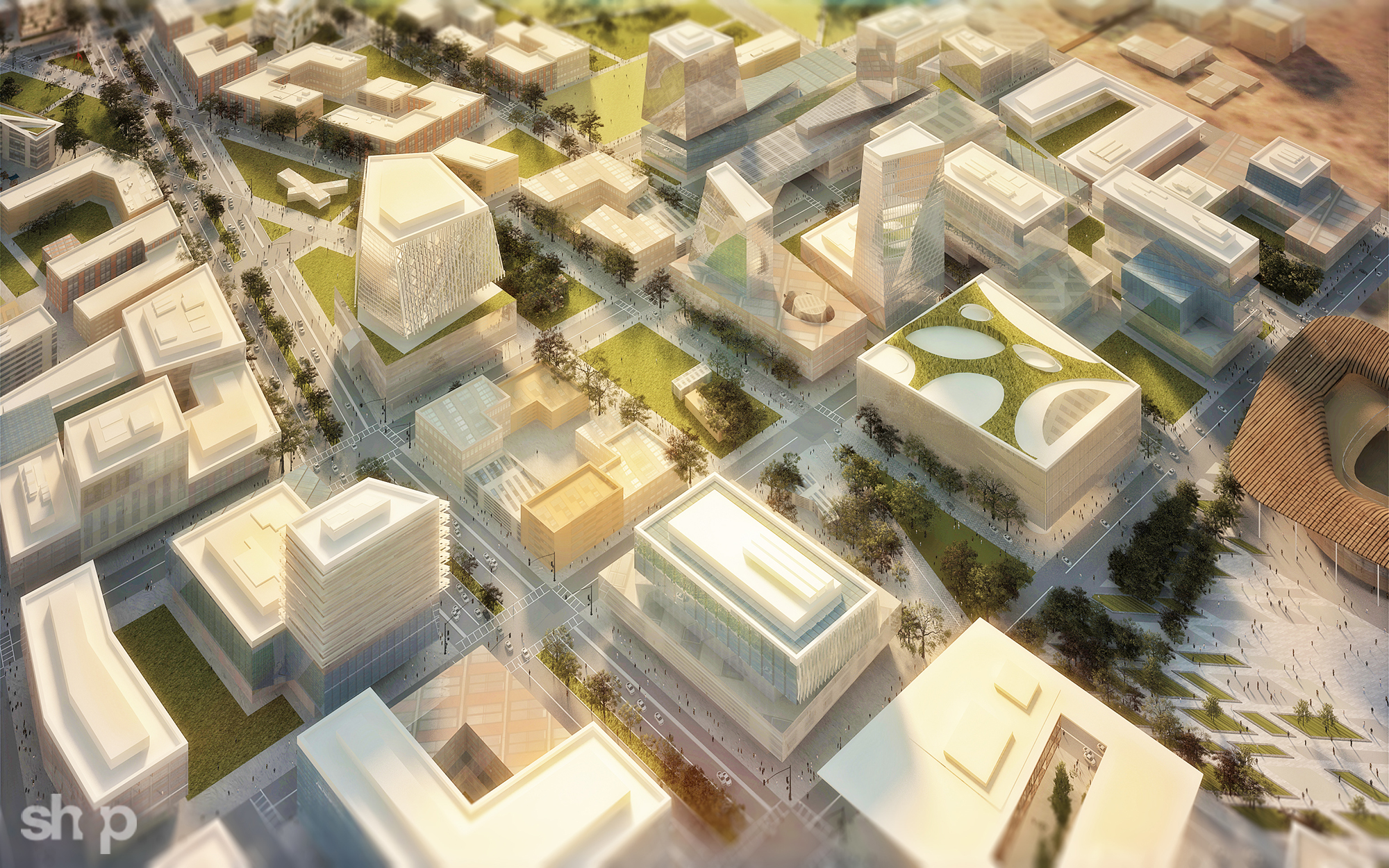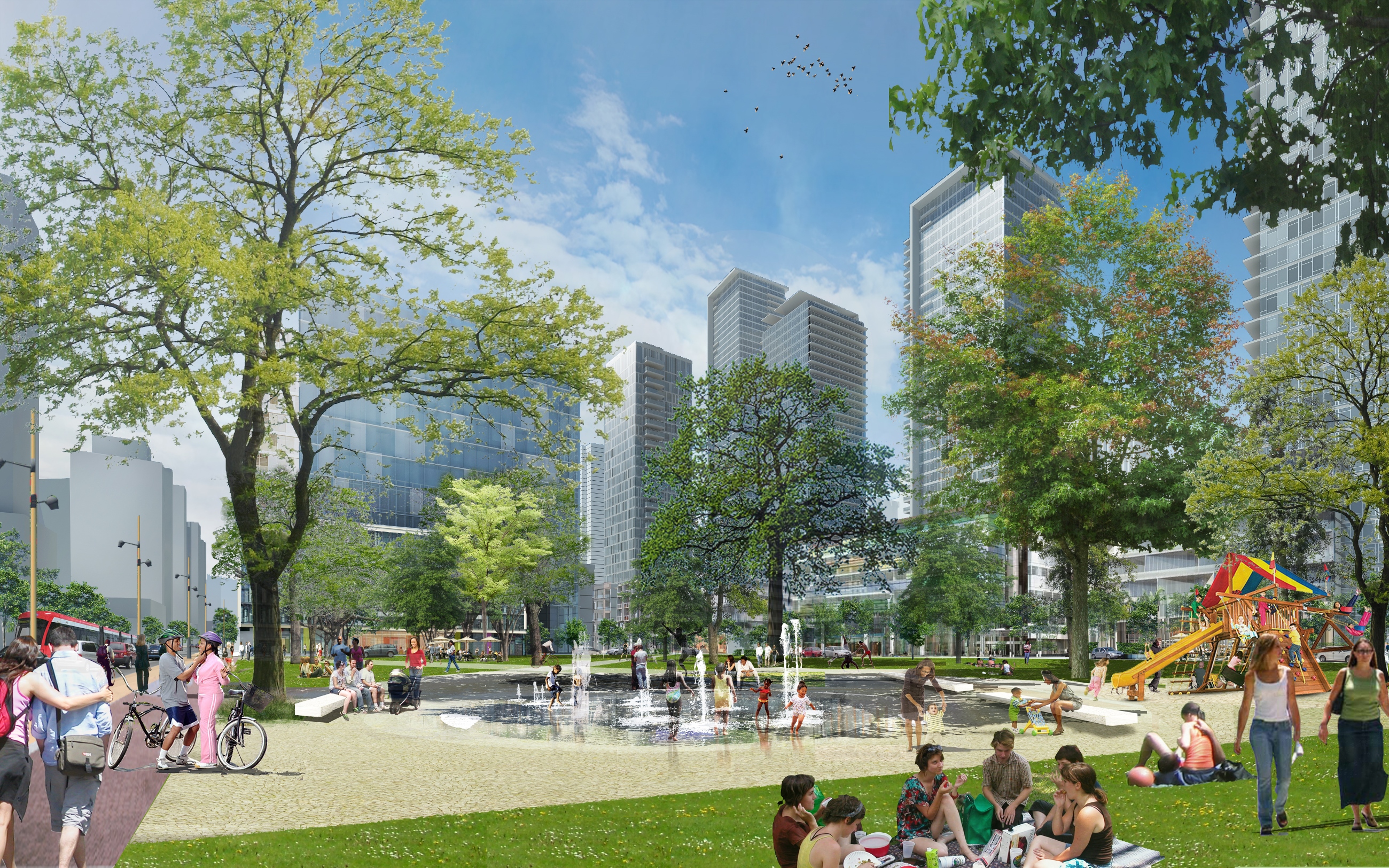HR&A developed a comprehensive business case for establishing a neutral host broadband infrastructure provider in the Aburrá Valley, addressing the critical need for high-speed internet access across ten municipalities, including Medellín. This initiative aims to bridge the digital divide, enabling economic inclusion for residents and businesses, thereby fostering shared prosperity and enhancing competitiveness in the region’s rapidly evolving tech landscape.
The Aburrá Valley, the second-largest metropolitan area in Colombia, has emerged as an innovation leader in Latin America and the Caribbean. With nearly 75% of households lacking fixed internet access, and most businesses unable to access high-speed services, the region’s economic growth plan—championed by Ruta-N—requires robust broadband connectivity to support the burgeoning tech, energy, and health industries. Recognizing internet access as essential for economic inclusion, HR&A’s analysis focused on leveraging existing electrical and transportation infrastructure to create a high-speed, neutral network that would serve as a catalyst for poverty reduction and equitable development.
HR&A conducted a prefeasibility analysis that began with an assessment of the existing infrastructure and an estimation of current and future internet demand from residents, businesses, and institutions. Our team developed a preliminary broadband network design and performed a financial pre-feasibility analysis, evaluating technical, political, and operational considerations to ensure the project’s viability.
To quantify potential socio-economic benefits, HR&A employed case study research and high-level impact assessments, articulating the transformative effects of the proposed network. We also recommended a financing and pricing structure, along with a governance strategy aimed at maximizing adoption by local stakeholders.
Engaging with key players, including EPM, ISA/Internexa, Metro de Medellín, and Ruta-N, HR&A successfully made the case for the neutral host provider. This initiative sparked collaboration among Ruta-N, the IDB, and EPM to conduct a full feasibility study for the project.
